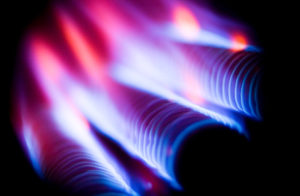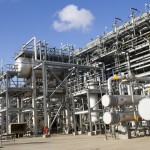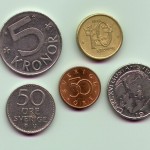 Natural gas rose for a second day on Monday as a strong weather system taps cooler Canadian air into the northern and central US, although gains were capped as temperatures across the US remain mild, with more bearish headwinds to come.
Natural gas rose for a second day on Monday as a strong weather system taps cooler Canadian air into the northern and central US, although gains were capped as temperatures across the US remain mild, with more bearish headwinds to come.
Natural gas for delivery in June traded 0.63% higher at $2.898 per million British thermal units at 7:57 GMT, shifting in a daily range of $2.935-$2.890. The contract rose 5.3% on Friday to $2.880, reversing its weekly performance and settling the period 3.75% higher, following an 8.1% gain the prior week.
According to NatGasWeather.com, natural gas demand in the US will be very low compared to normal through May 16th, with a slightly warmer weather trend for Texas and the South over the following seven days, while the West turns somewhat cooler.
A strong Spring storm will track through the central and eastern US the next few days, bringing heavy showers and thunderstorms. It will tap a bit cooler Canadian air, carrying snow over the eastern Rockies and northern Plains and lowering temperatures by several degrees across the northern and central US. Stronger cooling will be needed in the Southeast as highs near 90 degrees Fahrenheit, while overnight lows over the Midwest and Northeast dropping into the 30s and 40s will induce some heating demand.
The West will see a warm start to the week but as it progresses, Pacific weather systems will bring cooling into California and the Southwest, coupled with showers and thunderstorms. As temperatures later in the week rise across the North, heating demand will fall to zero, effectively offsetting the warmer temperatures down south and paving the way for larger-than-average inventory builds through the end of the month.
Next week, active Spring weather will continue across the US, NatGasWeather.com said, with readings over the southern and eastern US expected to be slightly higher than usual, while the West, especially California and the Southwest, remains a bit cooler than normal.
Temperatures
According to AccuWeather.com, the high in New York on May 12th will be 86 degrees Fahrenheit, 16 above usual, before dropping to the low-mid 70s over the following five days. Chicago will peak in the low-mid 60s between May 12th and May 15th, compared to the average 69-70, before jumping to 80-82 degrees on May 17-18th.
Down South, readings in Houston will max out at 80-82 degrees the next three days, below the normal 85, followed by a jump to 86-88 degrees afterwards. On the West Coast, the high in Los Angeles tomorrow will be 72 degrees, compared to the average of 74, before dropping to the upper 60s through May 22nd.
Inventories
The Energy Information Administration reported last Thursday that US natural gas stockpiles rose by 76 billion cubic feet in the week ended May 1st, an inch above analysts’ median projections for a 75-bcf increase. Total gas held in US storage hubs amounted to 1.786 trillion cubic feet, narrowing a deficit to the five-year average of 1.853 trillion to 3.6%, or 67 bcf, from 4.2% the previous week. Inventories were at a surplus of 71.1% compared to year-ago stockpiles of 1.044 trillion cubic feet.
This Thursdays report will reflect a much larger gap to the average, likely around +125 bcf, as temperatures even across the North warmed up last week. Moreover, with mild readings expected to continue, keeping both heating and cooling demand in check, triple-digit builds are likely to extend into June before summer cooling demand kicks in. The five-year average inventory gain for the seven days ended May 8th is +82 bcf, while stockpiles rose by 101 bcf a year earlier.
The report after, due out on May 21st, will likely reflect a slightly smaller inventory build, as compared to the average, due to this weeks brief period of cooling across the north-central US. The five-year average stockpiles gain for the seven days ended May 15th is 89 bcf, while inventories rose by 106 bcf during the comparable period a year earlier.
Pivot points
According to Binary Tribune’s daily analysis, June natural gas futures’ central pivot point stands at $2.831. In case the contract penetrates the first resistance level at $2.937 per million British thermal units, it will encounter next resistance at $2.994. If breached, upside movement may attempt to advance to $3.100 per mBtu.
If the energy source drops below its S1 level at $2.774 per mBtu, it will next see support at $2.668. In case the second key support zone is breached, the power-station fuel’s downward movement may extend to $2.611 per mBtu.
In weekly terms, the central pivot point is at $2.826. The three key resistance levels are as follows: R1 – $2.942, R2 – $3.003, R3 – $3.119. The three key support levels are: S1 – $2.765, S2 – $2.649, S3 – $2.588.





